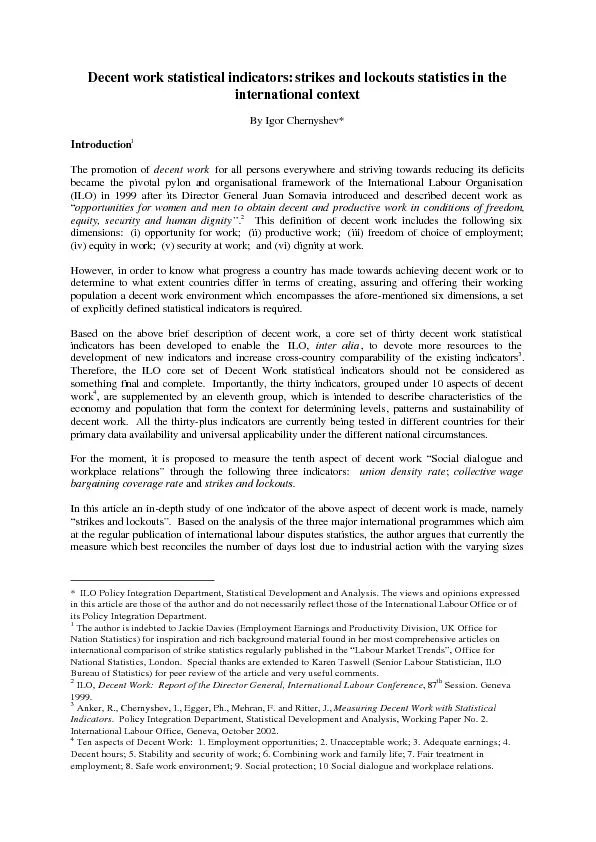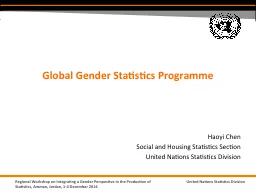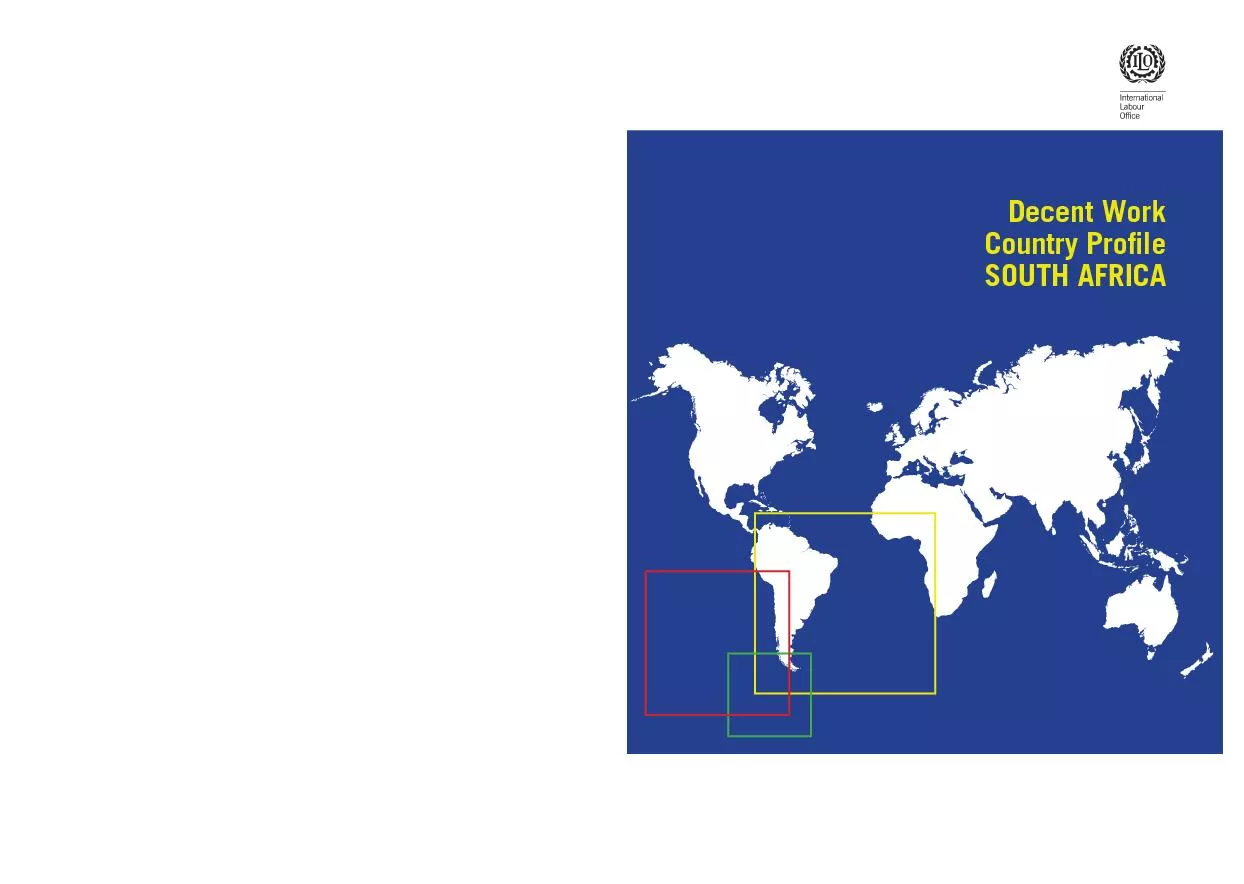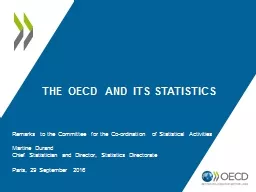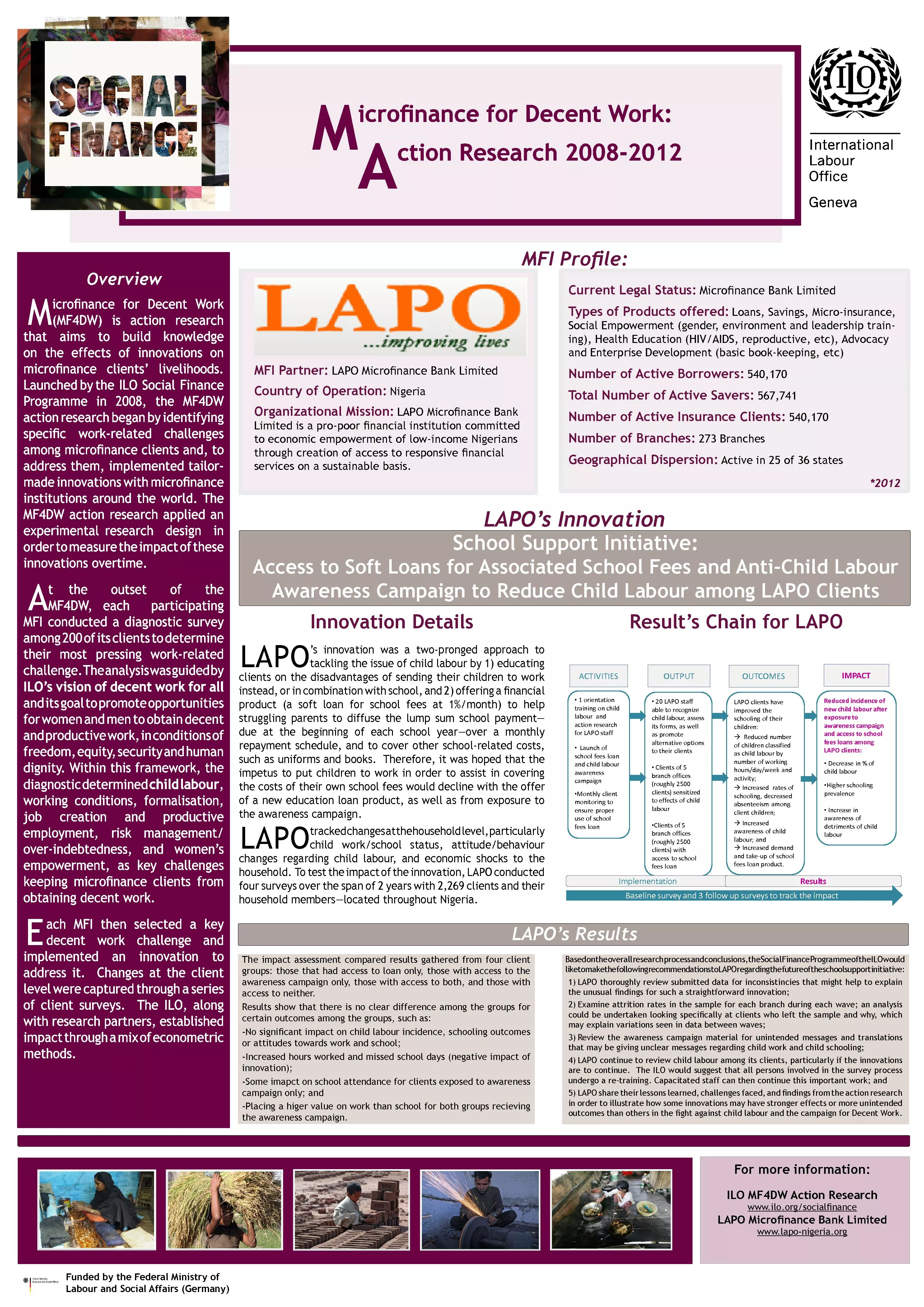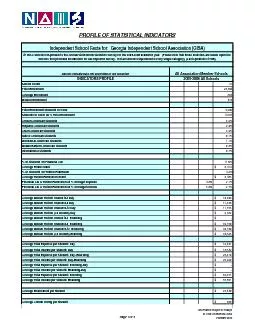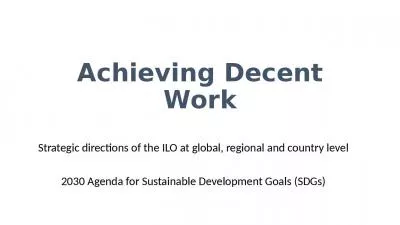PDF-Decent work statistical indicators: strikes and lockouts statistics in
Author : ellena-manuel | Published Date : 2016-06-22
ILO Policy Integration Department Statistical Development and Analysis The views and opinions expressed in this article are those of the author and do not necessarily
Presentation Embed Code
Download Presentation
Download Presentation The PPT/PDF document "Decent work statistical indicators: stri..." is the property of its rightful owner. Permission is granted to download and print the materials on this website for personal, non-commercial use only, and to display it on your personal computer provided you do not modify the materials and that you retain all copyright notices contained in the materials. By downloading content from our website, you accept the terms of this agreement.
Decent work statistical indicators: strikes and lockouts statistics in: Transcript
Download Rules Of Document
"Decent work statistical indicators: strikes and lockouts statistics in"The content belongs to its owner. You may download and print it for personal use, without modification, and keep all copyright notices. By downloading, you agree to these terms.
Related Documents

